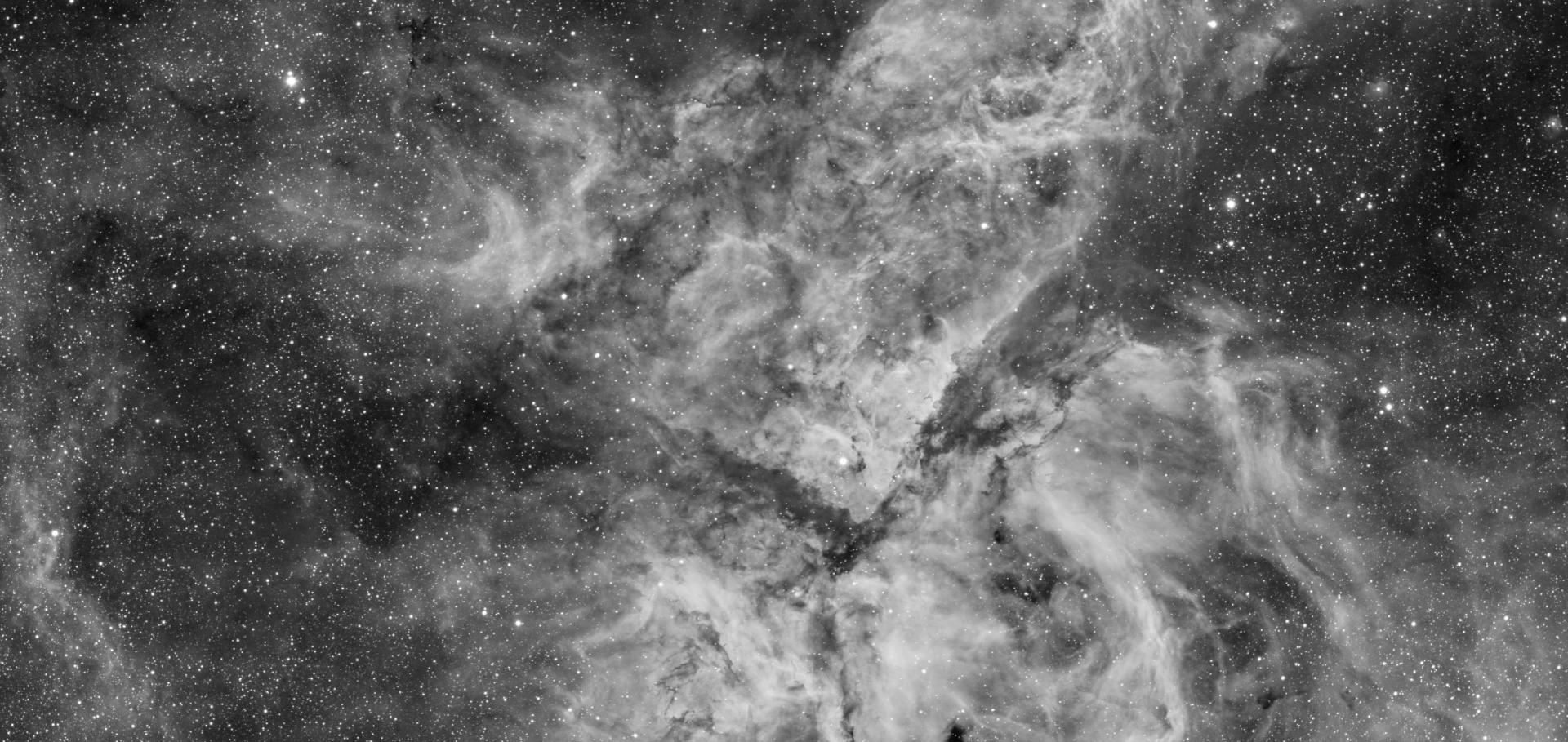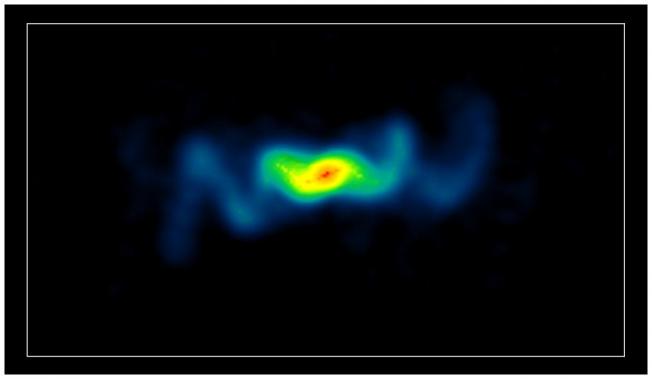The radio galaxy K-z relation to z ~ 4.5
ArXiv astro-ph/0103364 (2001)
Abstract:
Using a new radio sample, 6C* designed to find radio galaxies at z > 4 along with the complete 3CRR and 6CE sample we extend the radio galaxy K-z relation to z~4.5. The 6C* K-z data significantly improve delineation of the K-z relation for radio galaxies at high redshift (z > 2). Accounting for non-stellar contamination, and for correlations between radio luminosity and estimates of stellar mass, we find little support for previous claims that the underlying scatter in the stellar luminosity of radio galaxies increases significantly at z > 2. This indicates that we are not probing into the formation epoch until at least z > 3.Images of an equatorial outflow in SS 433
Astrophysical Journal 562:1 PART II (2001)
Abstract:
We have imaged the X-ray binary SS 433 with unprecedented Fourier plane coverage at 6 cm using simultaneously the Very Long Baseline Array (VLBA), MERLIN, and the Very Large Array and also at 20 cm using the VLBA. At both wavelengths we have securely detected smooth, low surface brightness emission having the appearance of a "ruff" or collar attached perpendicularly to the well-studied knotty jets in this system and extending over at least a few hundred AU. We interpret this smooth emission as a windlike outflow from the binary and discuss its implications for the present evolutionary stage of this system. © 2001. The American Astronomical Society. All rights reserved.The optically powerful quasar E1821+643 is associated with a 300 kiloparsec-scale FR I radio structure
Astrophysical Journal 562:1 PART II (2001) L5-L8
Abstract:
We present a deep image of the optically powerful quasar E1821+643 at 18 cm made with the Very Large Array. This image reveals radio emission, over 280 h-1 kpc in extent, elongated way beyond the quasar's host galaxy. Its radio structure has decreasing surface brightness with increasing distance from the bright core, characteristic of FR I sources. Its radio luminosity at 5 GHz falls in the classification for "radio-quiet" quasars (it is only 1023.9 W Hz-1 sr-1). Its radio luminosity at 151 MHz (which is 1025.3 W Hz-1 sr-1) is at the transition luminosity observed to separate FR I and FR II structures. Hitherto, no optically powerful quasar had been found to have a conventional FR I radio structure. For searches at low frequency, this is unsurprising given current sensitivity and plausible radio spectral indices for radio-quiet quasars. We demonstrate the inevitability of the extent of any FR I radio structures being seriously underestimated by existing targeted follow-up observations of other optically selected quasars, which are typically short exposures of z > 0.3 objects, and we discuss the implications for the purported radio bimodality in quasars. The nature of the inner arcsecond-scale jet in E1821+643, together with its large-scale radio structure, suggest that the jet axis in this quasar is precessing (cf. Galactic jet sources such as SS 433). A possible explanation for this is that its central engine is a binary whose black holes have yet to coalesce. The ubiquity of precession in radio-quiet quasars, perhaps as a means of reducing the observable radio luminosity expected in highly accreting systems, remains to be established. © 2001. The American Astronomical Society. All rights reserved.Extremely Red Radio Galaxies
Chapter in QSO Hosts and Their Environments, Springer Nature (2001) 113-118



